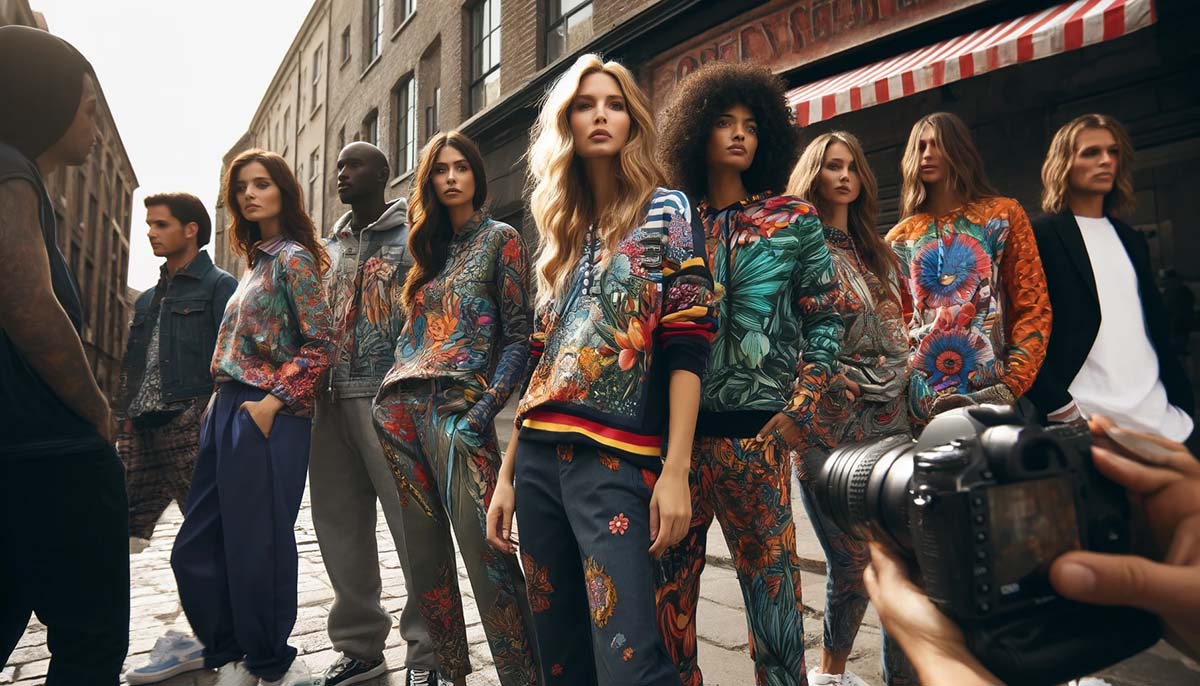
DTF Transfers vs. Traditional Printing Methods: What’s the Difference?
Understanding DTF Transfers
DTF transfers involve printing a design onto a special film and then transferring it onto fabric using heat and pressure. This method has gained popularity for its versatility and the quality it offers. DTF prints stand out for their vivid colors and sharp details, making them ideal for intricate designs.What Sets DTF Apart?
One of the most significant advantages of DTF heat transfers is their ability to adhere to a wide range of fabrics. Unlike some traditional methods that are limited to specific materials, DTF designs can be applied to cotton, polyester, and blends, offering much more flexibility for designers and manufacturers.

Cost-Effectiveness and Efficiency
When comparing costs, DTF transfers are more cost-effective in the long run, especially for small to medium-sized batches. Traditional printing methods like screen printing require substantial setup, making them less economical for smaller orders. Additionally, DTF heat transfers reduce material waste, as each transfer is precisely cut and applied.Durability and Quality of Prints
The durability of DTF transfer prints is another reason for their growing popularity. These prints are known to withstand numerous washes without fading or peeling, unlike some traditional prints which might crack or wear off over time. DTF prints for sale often boast about their long-lasting quality.Innovations in DTF Technology
Recent advancements have further solidified the status of DTF technology in the textile industry. Enhanced printer and ink technologies have allowed for even greater detail and color saturation in DTF designs, making them indistinguishable from traditionally printed fabrics. This makes DTF transfer prints ideal for high-fashion and detailed graphic applications where quality cannot be compromised.Where to Buy DTF Transfers
For those wondering where to buy DTF transfers, numerous online suppliers offer a wide variety of pre-made designs, or you can create custom orders tailored to your needs. This accessibility makes it easy for businesses of all sizes to benefit from DTF technology.

The Environmental Impact
DTF transfers are also considered more environmentally friendly compared to some traditional printing methods that use a lot of water and have higher waste levels. The DTF process is cleaner, with less chemical waste and reduced water usage, aligning with the growing demand for sustainable business practices.Conclusion
The shift towards DTF transfers in the apparel industry is driven by their flexibility, cost-effectiveness, and quality. Whether you're looking to produce custom t-shirts, unique apparel, or versatile fabric prints, DTF technology offers a superior alternative to traditional methods. With DTF transfers ready to press available easily, it's never been simpler to start incorporating this technology into your production line and see the benefits for yourself.Frequently Asked Questions (FAQs)
- What are DTF transfers?
-
- DTF transfers involve printing designs onto a special film that is then transferred to fabric using heat and pressure.
- How durable are DTF prints?
-
- DTF prints are highly durable and can withstand numerous wash cycles without fading or peeling.
- Can DTF transfers be applied to any fabric?
-
- Yes, DTF transfers can be applied to a wide range of fabrics, including cotton, polyester, and blends.
- What makes DTF transfers different from screen printing?
-
- DTF transfers allow for more detailed and color-rich prints with less setup time and can be more cost-effective for small to medium runs.
- Are DTF transfers environmentally friendly?
-
- Yes, compared to traditional methods, DTF transfers are more environmentally friendly, producing less waste and using fewer resources.
- Where can I buy DTF transfers?
-
- DTF transfers can be purchased from various online suppliers that offer both custom and pre-made designs.
- Can I create custom DTF designs?
-
- Yes, many suppliers offer the option to upload and print custom designs on DTF transfer film.
- What is the cost of DTF printing compared to traditional methods?
-
- DTF printing can be more cost-effective, especially for smaller batches, due to lower setup costs and minimal waste.
- How long does it take to produce a DTF print?
-
- DTF prints can be produced quickly, often within minutes, depending on the complexity and size of the design.
- Can DTF transfers be used for commercial production?
-
- Absolutely, DTF transfers are suitable for both small custom jobs and large-scale commercial productions due to their scalability and efficiency.






